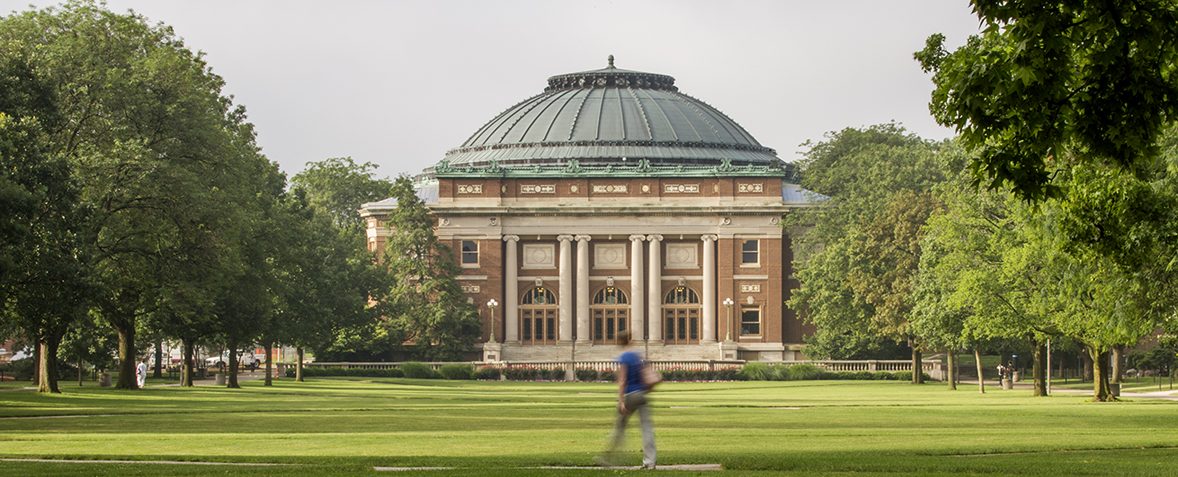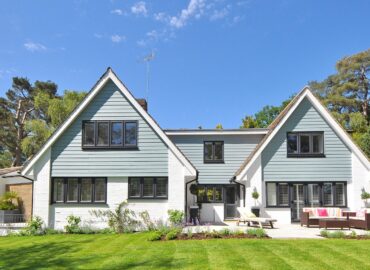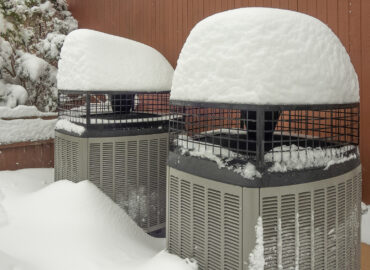Existing building stock represents an immense opportunity to save energy! Read our top 10 tips to save energy and money.
1. Lighting. Choose efficient lighting sources and occupancy controls such as LEDs, high performance T5 or T8 fluorescents with electronic ballasts, CFLs, pulse start HID, induction, and LED exit signs.
2. Air sealing. Perform air sealing of the building envelope at all joints, penetrations, windows, and doors. Pay close attention to top and bottom of the building, since this is where most air exits and enters the building.
3. Commission or retro-commission HVAC. Tune up direct digital controls or pneumatics, check equipment schedules, sensors, actuators, BAS settings and more.
4. Temperature Setbacks. Use automatic or manual controls to adjust temperature settings and system operation according to time of day and building loads. Program programmable thermostats.
5. Heating. Tune up existing equipment. Use high efficiency boilers and furnaces of 92% efficiency or better.
3. Cooling. Use high efficiency (SEER 14+, EER 11.5+) air conditioning equipment with an outdoor air economizer.
7. Ventilation. Modulate ventilation rates based on occupancy with demand control ventilation. Consider ventilation heat recovery to precondition fresh air.
8. Electric Motor Control. Use variable frequency drives on electric motors with variable loads.
9. Insulation. Insulate beyond code: walls to at least total assembly R-20 and roofs to at least total assembly R-32.
10. Glazing. Use low-E, gas filled windows with U-values equal to or less than 0.35. Recommended maximum Solar Heat Gain Coefficient (SHGC) is 0.38.
Extra credit. After implementing all of these, consider renewables such as solar and wind.





